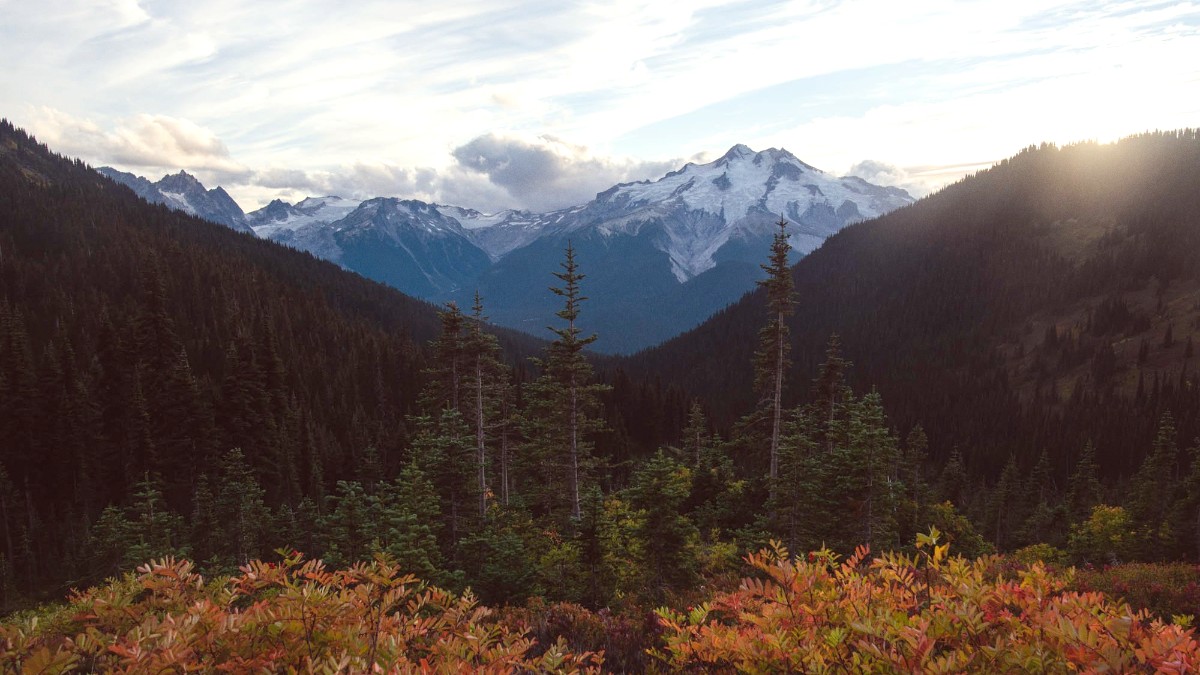
Pacific Northwest, USA
Smart choices reduce your trip costs significantly.
Maximize your time exploring the park, not waiting.
Learn from common experiences and local knowledge to enhance your trip.
Tailor your trip planning to your travel companions.
Pack a cooler with drinks and snacks; options inside the park are limited and more expensive, saving you time and money.
Olympic National Park captivates with its diverse ecosystems and memorable natural features.
Experience three distinct ecosystems—mountains, rainforests, and a wild coastline—within one single park.
Walk among towering trees draped in emerald moss in the timeless Hoh Rain Forest.
Stand on the edge of the Pacific, experiencing the dramatic sea stacks and powerful waves.